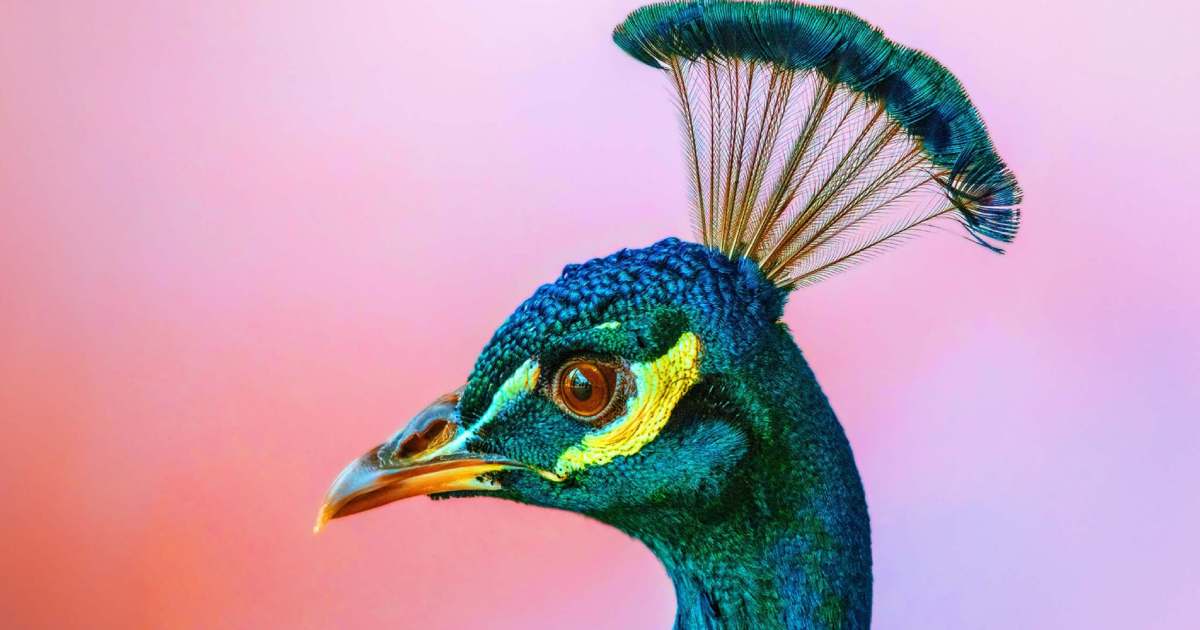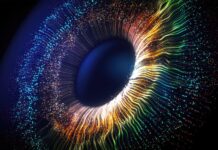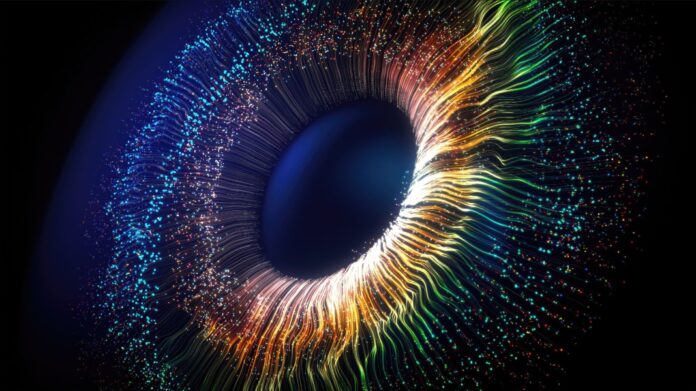Science has the knack of disclosing marvels that lie beyond our immediate sight. Just recently, researchers uncovered an interesting one regarding colour perception. They discovered a colour, “Olo,” which lies outside the range of colors humans typically perceive.
Unveiling the Invisible
A group of scientists in America reported this finding. Olo is not a laboratory-created colour; it always existed. Yet it is outside the spectrum of wavelengths of light the human eye usually perceives. Our eyes hold cone cells responsive to red, green, and blue light. These enable us to see the familiar spectrum of colours. Olo exists outside these parameters.
Read More: According To Science, Here Are 10 Physical Traits That Reveal Your Personality
Viewing Olo with Technology
Olo can’t be directly viewed by the human eye. The researchers created a custom method, dubbed Oz, which makes it observable. The procedure involves the careful targeting of laser pulses into the eye. Such pulses excite the cone cells in a selective manner. Practically, the procedure “misleads” the brain into recognising a colour stimulus it wouldn’t otherwise receive in the environment.
What Does Olo Look Like?
How do you define a colour that no one has ever seen? Five volunteers experienced Olo with the Oz technique. They tried to translate their perception into language. Descriptions were slightly different but tended towards a teal-like shade. Some called it an extremely bright or saturated blue-green colour, unlike anything they had ever seen before. It illustrates the distinction between the physical reality of light wavelengths and our biological capacity to see them.

Beyond the Visible Spectrum
This finding raises interesting questions regarding human perception. It is a reminder that our senses offer only a partial view of the physical world. Technologies such as the Oz technique may permit us further glimpses beyond our natural limits of sensing. Although Olo itself may not revolutionise our everyday lives, knowing how we can see previously unseen things advances the limits of neuroscience and optics.
Just think about it: Olo is just one colour that we can’t perceive; what else is out there?
Stay tuned to Brandsynario for latest news and updates











































